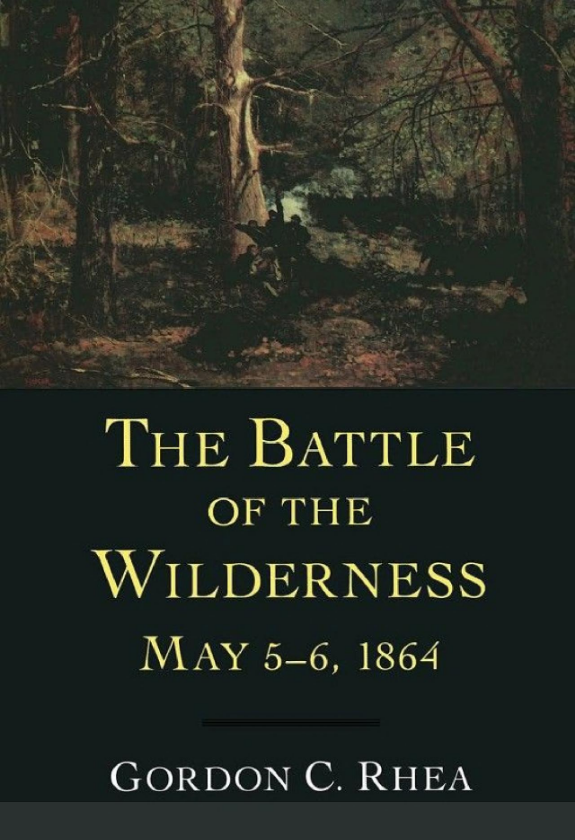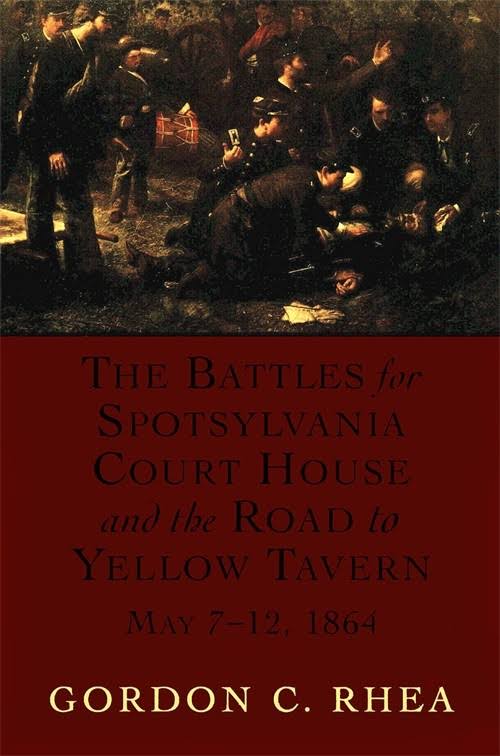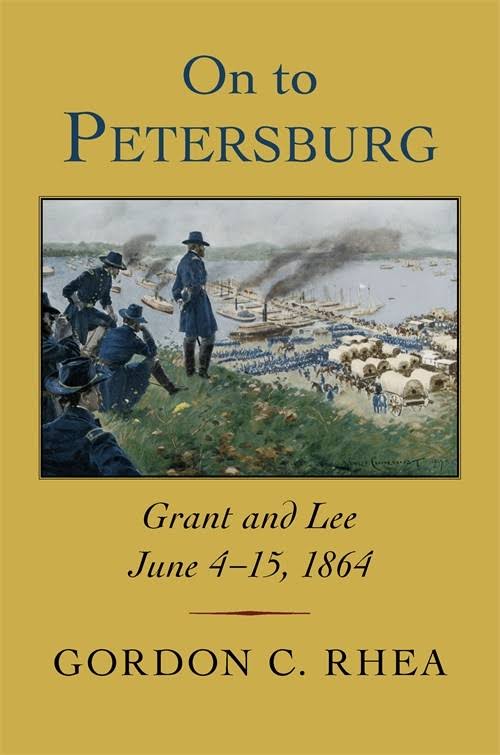To the North Anna River: Grant and Lee, May 13–25, 1864
History Book Club Main Selection, Winner of Landry Award, Winner of the Fletcher Pratt Award
Description
With To the North Anna River, the third book in his outstanding five-book series, Gordon C. Rhea continues his spectacular narrative of the initial campaign between Ulysses S. Grant and Robert E. Lee in the spring of 1864. May 13 through 25, a phase oddly ignored by historians, was critical in the clash between the Army of the Potomac and the Army of Northern Virginia. During those thirteen days -- an interlude bracketed by horrific battles that riveted the public's attention -- a game of guile and endurance between Grant and Lee escalated to a suspenseful draw on Virginia's North Anna River.
From the bloodstained fields of the Mule Shoe to the North Anna River, with Meadow Bridge, Myers Hill, Harris Farm, Jericho Mills, Ox Ford, and Doswell Farm in between, grueling night marches, desperate attacks, and thundering cavalry charges became the norm for both Grant's and Lee's men. But the real story of May 13--25 lay in the two generals' efforts to outfox each other, and Rhea charts their every step and misstep. Realizing that his bludgeoning tactics at the Bloody Angle were ineffective, Grant resorted to a fast-paced assault on Lee's vulnerable points. Lee, outnumbered two to one, abandoned the offensive and concentrated on anticipating Grant's maneuvers and shifting quickly enough to repel them. It was an amazingly equal match of wits that produced a gripping, high-stakes bout of warfare -- a test, ultimately, of improvisation for Lee and of perseverance for Grant.
Critical Acclaim
This outstanding third volume in Rhea's analysis of the duel between U.S. Grant and Robert E. Lee in the summer of 1864 demonstrates the value of operational narrative: Rhea's conclusions depend heavily on his fingertip mastery of the details of some of the most confused fighting of the Civil War. This volume also shows that Grant and Lee, far from representing opposite poles of generalship, were remarkably alike. Both were aggressive; both were willing to attempt unorthodox operational maneuvers in quest of a tactical advantage that might lead to a decisive battle. Grant's goal was not to capture Richmond, but to destroy Lee's army. During the period covered here, as in the campaign's earlier stages, Grant kept Lee off balance with a series of feints and maneuvers that, as presented by Rhea (a practicing attorney), should discredit once and for all Grant's image as an unsophisticated grappler. He was frustrated by Lee's ability to match him thrust for thrust. Wherever Grant moved, Lee responded. By 1864 the combination of fieldworks and firepower had become sufficiently formidable on both sides to frustrate consistently what on maps seemed promising tactical opportunities. Even an outnumbered defense could hold positions long enough for support to arriveAafter which the attacker's valor and energy only increased casualty lists on both sides. The old Army of the Potomac and the old Army of Northern Virginia both died in May 1864, mutually eviscerated by a style of war that would harvest even more corpses to even less purpose on the European battlefields of 1914-1915. A History Book Club Main Selection.
Source: Publishers WeeklyRhea continues his fine study of the 1864 showdown between Grant and Lee (The Battles for Spotsylvania Court House and the Road to Yellow Tavern, May 7-12, 1864; The Battle of the Wilderness, May 5-6, 1864). His new work is more focused than either William D. Matter's If It Takes All Summer: The Battle of Spotsylvania (Univ. of North Carolina, 1988) or J. Michael Miller's lesser-known The North Anna Campaign: Even to Hell Itself (H.E. Howard, 1989). Overall, this is an outstanding contribution to a comparatively little-studied period of the war, and Rhea makes excellent use of primary sources in analyzing this critical phase. His writing is engaging and clear as he unfolds events that would determine the outcome of the great struggle. The maps and photographs further enhance the text, and a solid bibliography is also included. Highly recommended.
Source: Library Journal -- Daniel D. Liestman


